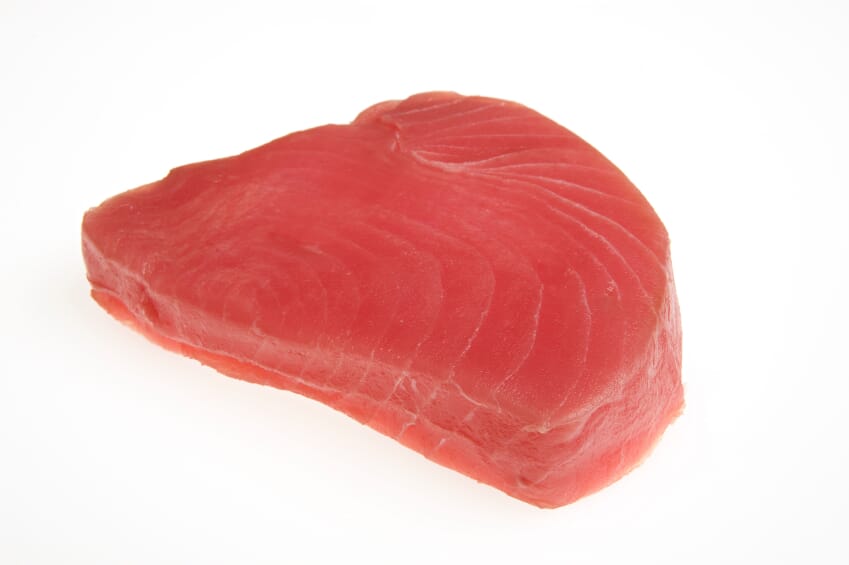If you missed Part One - - you can read it here.
In a land-based tank containing tuna larvae, aeration is decreased and a thin oil film is created over the surface of the water before being removed by a surface skimmer at a particular time. Can this help prevent tuna larvae from dying? This is one of the challenges the Kinki University Fisheries Laboratory is facing today.
Challenges and Obstacles
Findings indicate that what the Laboratory calls floating deaths among larvae occur mainly during the day, in 1-4 day-old larvae, as aeration in land-based tanks creates an upwelling current that traps the larvae at the surface. Sinking deaths also occur, mainly at night among larvae that are 3-7 days old.
These have a high body density compared to seawater, so their swimming decreases at night, causing them to sink and die. Preventing both floating and sinking deaths at the same time is being studied by scientists at the Laboratory.
"To prevent floating deaths, we decrease aeration and create an oil film on the water surface, but unfortunately this inhibits swim bladder inflation in the larvae, their body density rises, they sink and then die," explained Professor Keitaro Kato, deputy head of the Laboratory's Shirahama Station.
"So we conducted an experiment in 2013 and now use a surface skimmer to remove the oil film at a particular time." The challenge, he explained, is finding out when to add and remove the oil.
Although conditions are good for rearing tuna, the Laboratory isn't without some unique challenges, and scientists involved say they still have a long way to go before they can farm enough tuna to meet demand.
The rate at which bluefin tuna are raised from egg to adult has improved, but the road to success is still long. Tuna maturation is hard as areas such as oxygen and temperature are difficult to control. Sometimes the fish also don't spawn, and researchers haven't yet discovered why this is the case.
So, work is underway to gather blood samples from the tuna and to map their entire DNA, to isolate the best DNA characters for disease resistance, growth and sex identification.
Secondly, the Laboratory believes that replacing fishmeal with plant protein is the most realistic way to ensure sustainability, but the introduction of new pellets made from enzyme-treated fishmeal hasn't gone down well with the larvae and juveniles. When given frozen raw fish as feed, the tuna become active and difficult to handle, so research into alternative diets is continuing.
Looking to the Future 
Despite the challenges, the Laboratory has its eyes firmly focused on the future and is exploring other channels to expand sales and cultivation opportunities. It believes shipments of its bluefin tuna will triple to 6,000 fish by 2020, and overseas sales, such as in North America and Southeast Asia, are being considered.
The Laboratory has also developed a business model in which they ship farmed tuna to restaurants they own in Tokyo and Osaka. The profits made at the restaurants are put towards future research and development for bluefin tuna. The domestic market has not been forgotten, either; the Laboratory's mission is to supply about half of it.
One of its projects involves Panama and the Inter-American Tropical Tuna Commission to develop yellowfin tuna aquaculture in Panama. Yellowfin populations there are declining, so the Laboratory is sharing its technology, conducting rearing experiments there and in Japan, and dispatching graduate students who are then able to obtain employment.
The Laboratory's aim is to contribute to the international community by helping to conserve natural tuna resources through research into breeding and the collection of biological information.
While the Laboratory declined to share current turnover figures and details on possible business ventures, it is convinced it's looking at a profitable future ahead, with one of the biggest potentials for Japanese aquaculture -- and exports. The Laboratory is planning to play an active part in saving declining tuna stocks. We'll be checking back how it fared.
October 2015




